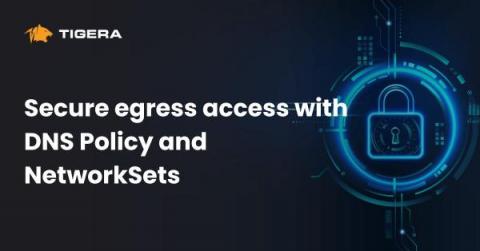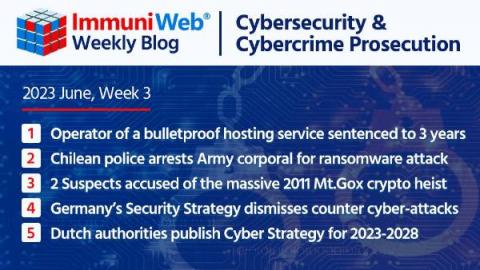10 Cybersecurity Tips for Business Travel & Remote Employees
Many modern organizations operate in a distributed model, with branch locations and endpoints deployed outside of a physical office. The concept of the network perimeter has expanded dramatically in recent years. It has been pushed by two significant post-pandemic milestones: the implementation of remote work and the return to business travel.









